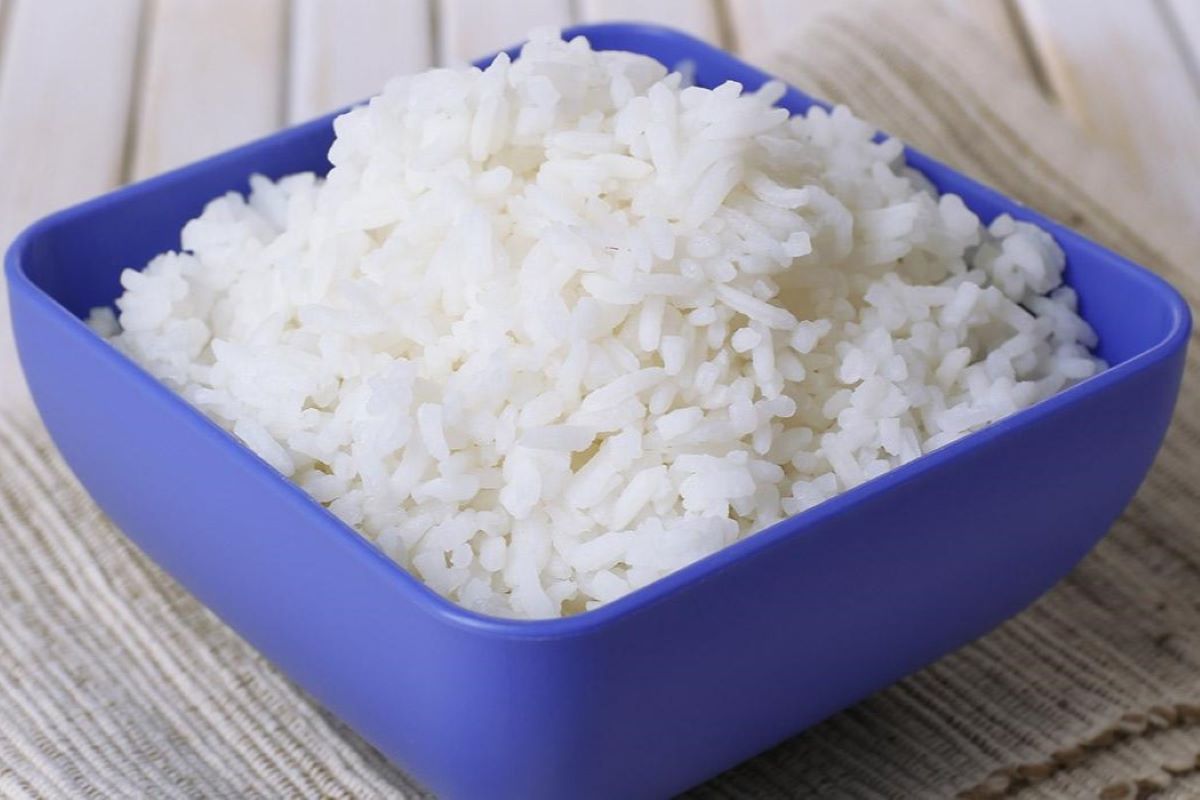

Articles
How To Store Leftover Rice
Modified: December 7, 2023
Discover helpful articles on how to store leftover rice and keep it fresh for longer. Learn the best techniques and tips for preserving cooked rice.
(Many of the links in this article redirect to a specific reviewed product. Your purchase of these products through affiliate links helps to generate commission for Storables.com, at no extra cost. Learn more)
Introduction
Have you ever found yourself with leftover rice after preparing a delicious meal? It’s a common occurrence, and knowing how to properly store leftover rice is essential for food safety and minimizing food waste. By following the right steps, you can maintain the quality and freshness of your leftover rice, allowing you to enjoy it later without any concerns.
In this article, we’ll guide you through the process of storing leftover rice, from choosing the right storage container to reheating it when you’re ready to eat. Whether you’re a seasoned cook or just starting out in the kitchen, these tips will ensure that your leftover rice stays delicious and safe to consume for future meals.
So, if you’re ready to learn the best practices for storing leftover rice, read on!
Key Takeaways:
- Properly storing leftover rice reduces food waste, enhances food safety, and provides convenience for future meals. Choosing the right storage container, cooling, refrigerating, freezing, and reheating techniques are essential for maintaining the quality and taste of leftover rice.
- By following the recommended storage and reheating practices, you can enjoy leftover rice as a versatile and ready-to-use ingredient for various culinary creations. Proper portioning, hygiene, and vigilance for spoilage signs ensure that your leftover rice remains fresh, safe, and delicious for future use.
Read more: How To Store Leftover Nachos
Why Store Leftover Rice?
Storing leftover rice not only helps reduce food waste but also provides convenience for future meals. Instead of cooking rice from scratch every time you want to enjoy a dish, you can simply reach for your stored leftovers and save time in the kitchen. Additionally, having leftover rice on hand gives you the flexibility to create new dishes or add it as a side to complement other meals.
Food safety is another crucial factor in why you should store leftover rice properly. Rice is a common food that can be contaminated with bacteria called Bacillus cereus. When cooked rice is left at room temperature for an extended period, these bacteria can multiply and produce toxins that can cause food poisoning. By promptly cooling and storing leftover rice, you can prevent the growth of bacteria and ensure the safety of your food.
Furthermore, storing leftover rice allows you to make the most out of your groceries. It’s all too easy to cook more rice than you need, and rather than discarding the excess, storing it properly allows you to use it in future meals. This not only saves you money but also reduces the environmental impact of food waste.
Whether you’re looking to save time, enhance food safety, or be more sustainable, storing leftover rice is a smart and practical choice. Now that we understand the benefits, let’s dive into how we can properly store leftover rice to maximize its freshness and taste.
Choosing the Right Storage Container
When it comes to storing leftover rice, selecting the right storage container is key. The container you choose should be airtight and able to keep out moisture and contaminants.
Glass or plastic containers with tight-fitting lids are excellent choices for storing leftover rice. Glass containers are preferred as they are non-porous, meaning they won’t absorb odors or flavors from the rice. Plastic containers should be made of food-grade material and labeled as BPA-free.
If you prefer to use plastic bags, make sure they are designed for freezer storage and have a secure seal to prevent air from entering. Zip-top bags are convenient options, but be sure to press out as much air as possible before sealing.
It’s important to avoid using containers or bags that are damaged, as they may compromise the quality and safety of the rice. Always check for cracks, chips, or any signs of wear before using a container.
In addition to choosing the right container, consider portioning your leftover rice. This allows you to thaw or reheat only the amount you need without exposing the entire batch to temperature changes repeatedly.
By taking these steps and selecting appropriate storage containers, you can ensure that your leftover rice stays fresh and safe for consumption.
Cooling and Storing Rice
Proper cooling and storage are crucial for maintaining the quality and safety of leftover rice. Here are the steps to follow:
- After cooking the rice, let it cool to room temperature before storing. Placing hot rice directly into the refrigerator can raise its internal temperature and create a breeding ground for bacteria.
- Spread the rice out on a large plate or shallow container to allow for faster cooling. Breaking up any clumps will speed up the cooling process as well.
- Once the rice has cooled, transfer it to an airtight container. Make sure to seal the container tightly to keep out air and moisture.
- If you plan to store the rice for an extended period or in the freezer, label the container with the date to keep track of its freshness.
- Store the rice in the refrigerator or freezer, depending on when you plan to use it.
Remember to handle the rice with clean utensils or hands to prevent any contamination. It’s also crucial to store the rice as soon as possible after it has cooled to minimize the risk of bacteria growth.
Leftover rice can be stored in the refrigerator for up to 4-6 days. If you don’t plan to use it within that time frame, consider freezing it for even longer storage.
Continue reading to learn how to properly refrigerate and freeze leftover rice.
Refrigerating Leftover Rice
Refrigerating leftover rice is a common and convenient method to preserve its freshness for a short period. Here’s how to do it properly:
- Transfer the cooled rice into an airtight container, ensuring it’s sealed tightly.
- Place the container in the refrigerator and make sure it is not crowded, allowing the cold air to circulate around the rice.
- Refrain from leaving the rice at room temperature for an extended period before refrigerating, as this can promote bacterial growth.
When properly refrigerated, leftover rice can be safely consumed within 4-6 days. Before consuming refrigerated rice, always inspect it for any signs of spoilage, such as an off odor or discoloration.
If you have a large batch of leftover rice that you don’t plan on using within the recommended timeframe, consider freezing it for longer storage.
Next, we will explore the proper freezing method for leftover rice.
Store leftover rice in an airtight container in the refrigerator for up to 4 days. To reheat, sprinkle with a little water and microwave or steam until heated through. Avoid leaving rice at room temperature for too long to prevent bacterial growth.
Read more: How To Store Leftover Buttercream
Freezing Leftover Rice
Freezing leftover rice is an excellent option if you want to extend its shelf life for several months. Properly stored frozen rice can retain its quality and taste. Here’s how you can freeze leftover rice:
- Transfer the cooled rice into freezer-safe containers or bags. If using bags, remove as much air as possible before sealing.
- Divide the rice into individual or meal-sized portions to make it easier to thaw and use later.
- Label the containers or bags with the date the rice was frozen to keep track of its storage time.
- Place the containers or bags in the freezer, ensuring they are laid flat to maximize storage space and allow for even freezing.
Frozen rice can be stored for up to 6 months, but it’s best to consume it within 3 months for optimal taste and texture.
When you’re ready to use the frozen rice, here’s how to thaw and reheat it:
- Remove the desired portion of rice from the freezer and let it thaw in the refrigerator overnight or for several hours.
- If you need to thaw the rice quickly, you can also place the container or bag in a bowl of cold water. Change the water every 30 minutes until the rice is thawed.
- Once the rice is thawed, you can reheat it in the microwave or on the stovetop. Add a little water or broth and cover the rice to prevent it from drying out.
Remember to always heat the reheated rice thoroughly to kill any potential bacteria, and never refreeze rice that has been previously frozen and thawed.
Now that you know how to properly freeze and thaw leftover rice, you can enjoy it anytime without worrying about spoilage.
Reheating Leftover Rice
When it comes to reheating leftover rice, it’s important to do so properly to maintain its texture and flavor while ensuring its safety. Here are a few methods you can follow:
- Microwave: Place the desired portion of rice in a microwave-safe dish. Add a tablespoon of water or broth to help retain moisture. Cover the dish with a microwave-safe lid or microwave-safe plastic wrap, leaving a small vent for steam to escape. Heat the rice on medium power for 1-2 minutes, stirring halfway through. Check the temperature and, if needed, continue heating in 30-second intervals until it is thoroughly heated.
- Stovetop: In a non-stick skillet or pan, add a small amount of oil or butter and heat over medium-low heat. Add the leftover rice and break up any clumps with a fork. Stir continuously until the rice is heated through. You can also add a splash of water or broth if the rice appears dry.
- Steamer: If you have a steamer, place the leftover rice in a heatproof dish and cover it with a lid. Steam the rice for a few minutes until it is heated thoroughly, stirring occasionally.
When reheating rice, it’s essential to ensure that it reaches a minimum internal temperature of 165°F (74°C) to kill any bacteria that may be present.
While reheating, keep in mind that rice can lose moisture and become drier. Adding a tablespoon of water, broth, or a drizzle of oil can help restore some moisture and prevent the rice from drying out.
Remember to discard any leftover rice that has been left at room temperature for more than 2 hours, as it may no longer be safe to consume.
Now that you know how to safely reheat leftover rice, you can enjoy it as a main dish, side dish, or use it in various recipes without compromising its taste or quality.
Tips for Storing Leftover Rice
Here are some additional tips to keep in mind when storing leftover rice:
- Use freshly cooked rice: It’s best to store leftover rice that has been freshly cooked and cooled. Rice that has been sitting out for an extended period or reheated multiple times may not stay fresh as long.
- Do not mix with other ingredients: Avoid mixing leftover rice with other ingredients, especially if you plan to refrigerate or freeze it. Adding sauces, vegetables, or meats can affect its texture and make it more challenging to store properly.
- Use an ice bath for quick cooling: If you’re short on time and need to cool the rice quickly, place the pot or bowl of cooked rice in an ice bath. This helps lower the temperature rapidly before transferring it to an airtight container for storage.
- Thaw frozen rice in the refrigerator: When thawing frozen rice, it’s best to do so in the refrigerator overnight. This allows for gradual thawing and helps maintain the texture of the rice.
- Avoid refreezing thawed rice: Once you have thawed and reheated frozen rice, it’s important not to refreeze it. This can affect the quality and taste of the rice, and may also increase the risk of bacterial growth.
- Reheat only what you need: When reheating leftover rice, try to warm up only the portion you plan to consume immediately. Reheating the entire batch repeatedly can result in dry and less flavorful rice.
- Check for signs of spoilage: Before consuming refrigerated or thawed rice, always check for any signs of spoilage such as off odors, mold, or unusual texture. If in doubt, it’s better to discard it to avoid any potential foodborne illness.
- Be mindful of portion control: When storing leftover rice, consider portioning it into smaller containers or bags. This allows you to easily thaw and use only the amount you need without having to defrost the entire batch.
By following these tips, you can ensure that your leftover rice remains fresh, safe, and delicious for future use.
Conclusion
Knowing how to store leftover rice properly is essential for both food safety and reducing food waste. By choosing the right storage containers, cooling the rice correctly, and utilizing proper refrigeration or freezing techniques, you can preserve the quality and taste of your leftover rice for future meals.
Refrigerating leftover rice allows you to keep it fresh for up to 4-6 days, while freezing extends its shelf life for several months. When reheating, be sure to reach a minimum internal temperature of 165°F (74°C) to ensure any potential bacteria are eliminated.
Remember to follow good hygiene practices, such as using clean utensils or hands when handling the rice, and always inspect it for any signs of spoilage before consuming.
Storing leftover rice not only reduces food waste and saves you time in the kitchen but also provides convenience and flexibility in meal preparation. With proper storage techniques, you can enjoy leftover rice as a side dish, use it as a base for stir-fries, or incorporate it into delicious rice bowls and casseroles.
So the next time you have leftover rice, don’t let it go to waste. Store it safely and enjoy the benefits of having a versatile and ready-to-use ingredient for your future culinary ventures.
By following the tips and techniques outlined in this article, you can ensure that your leftover rice stays fresh, flavorful, and safe to consume. Happy cooking and enjoy your delicious leftover rice!
Frequently Asked Questions about How To Store Leftover Rice
Was this page helpful?
At Storables.com, we guarantee accurate and reliable information. Our content, validated by Expert Board Contributors, is crafted following stringent Editorial Policies. We're committed to providing you with well-researched, expert-backed insights for all your informational needs.
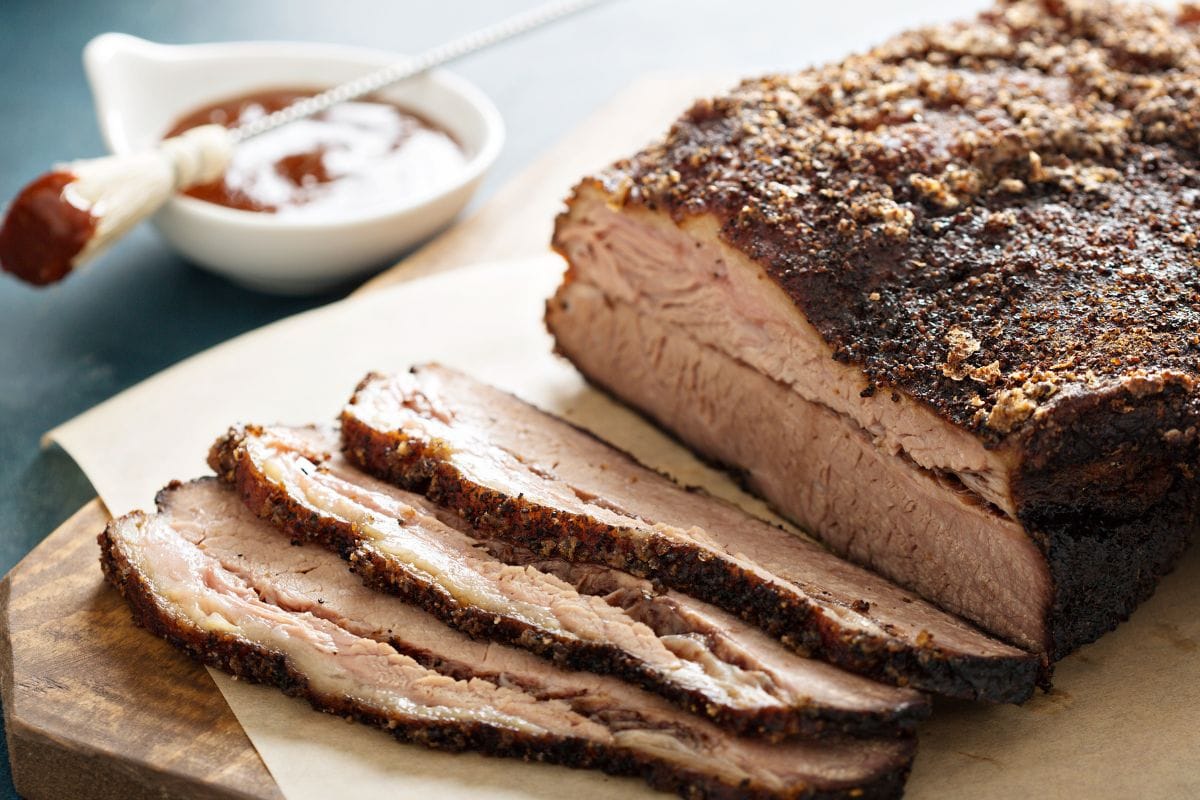




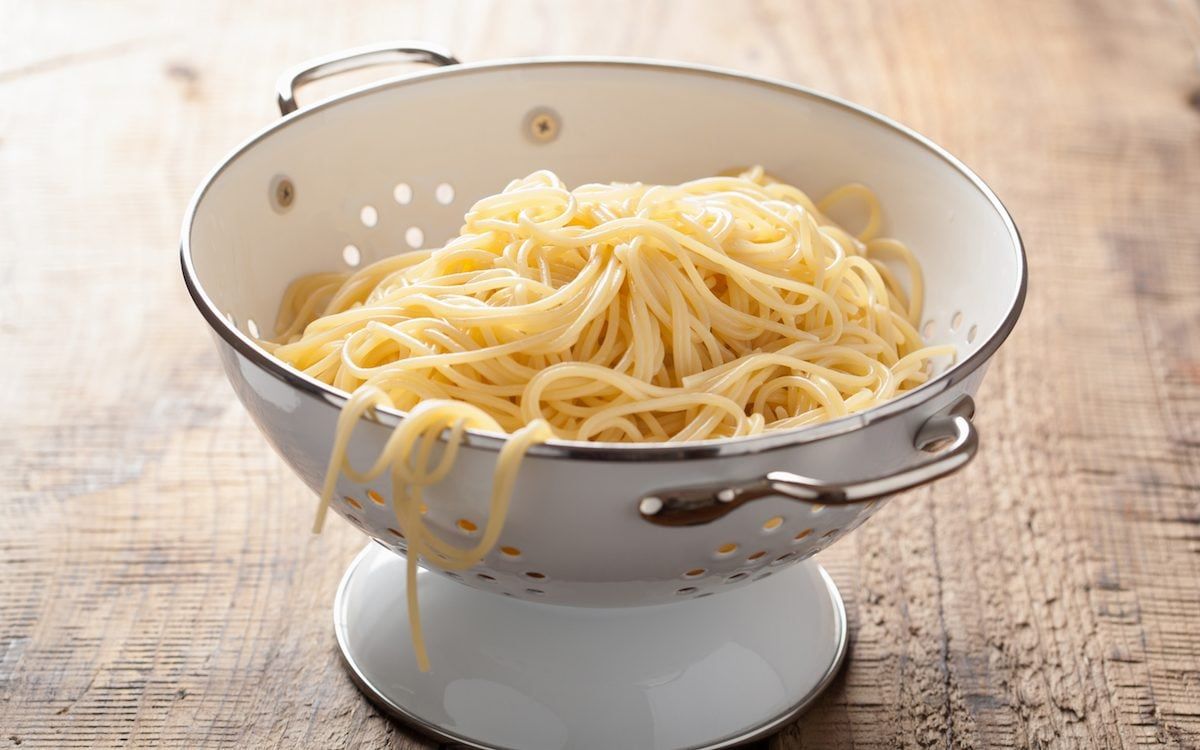
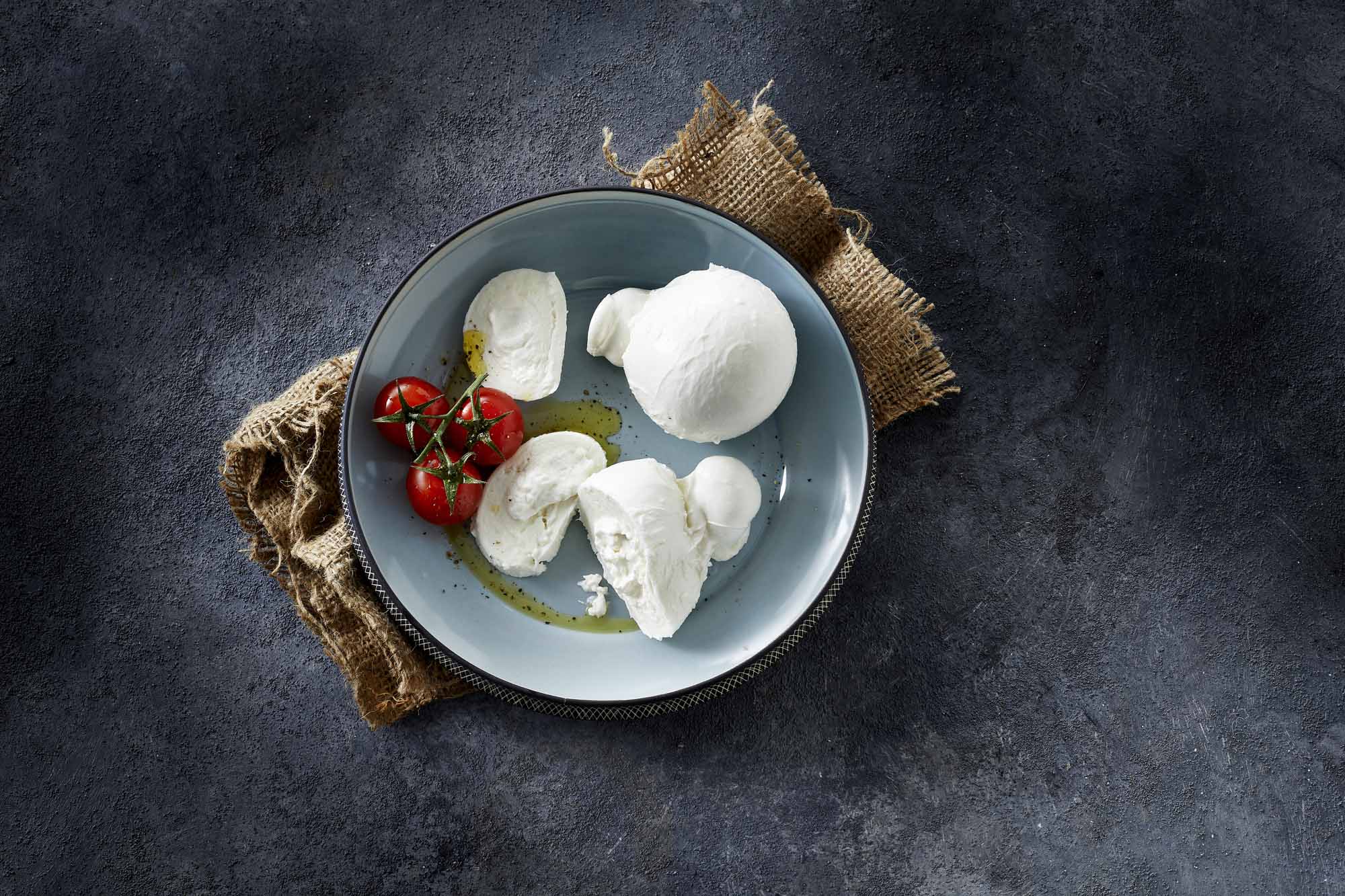
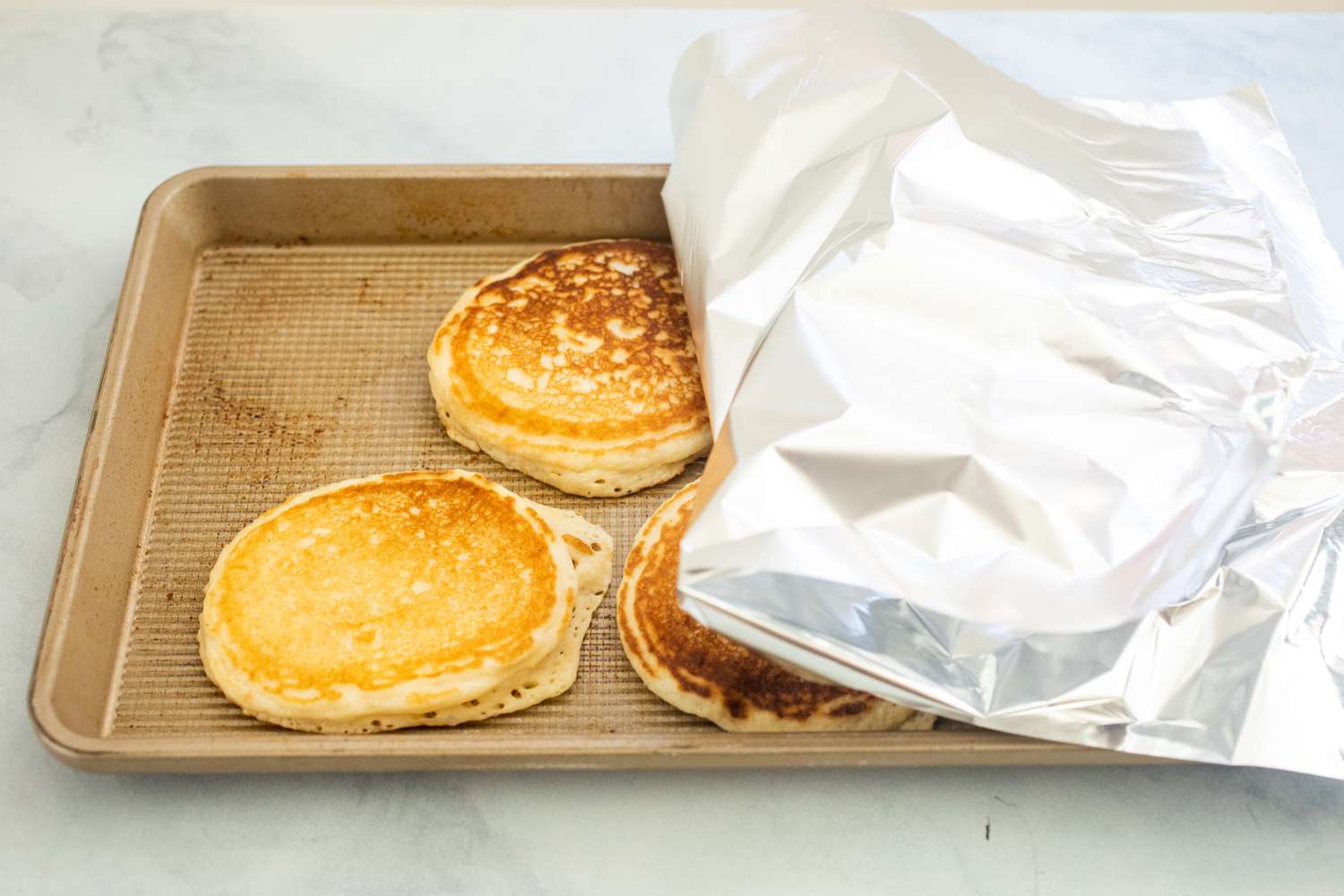


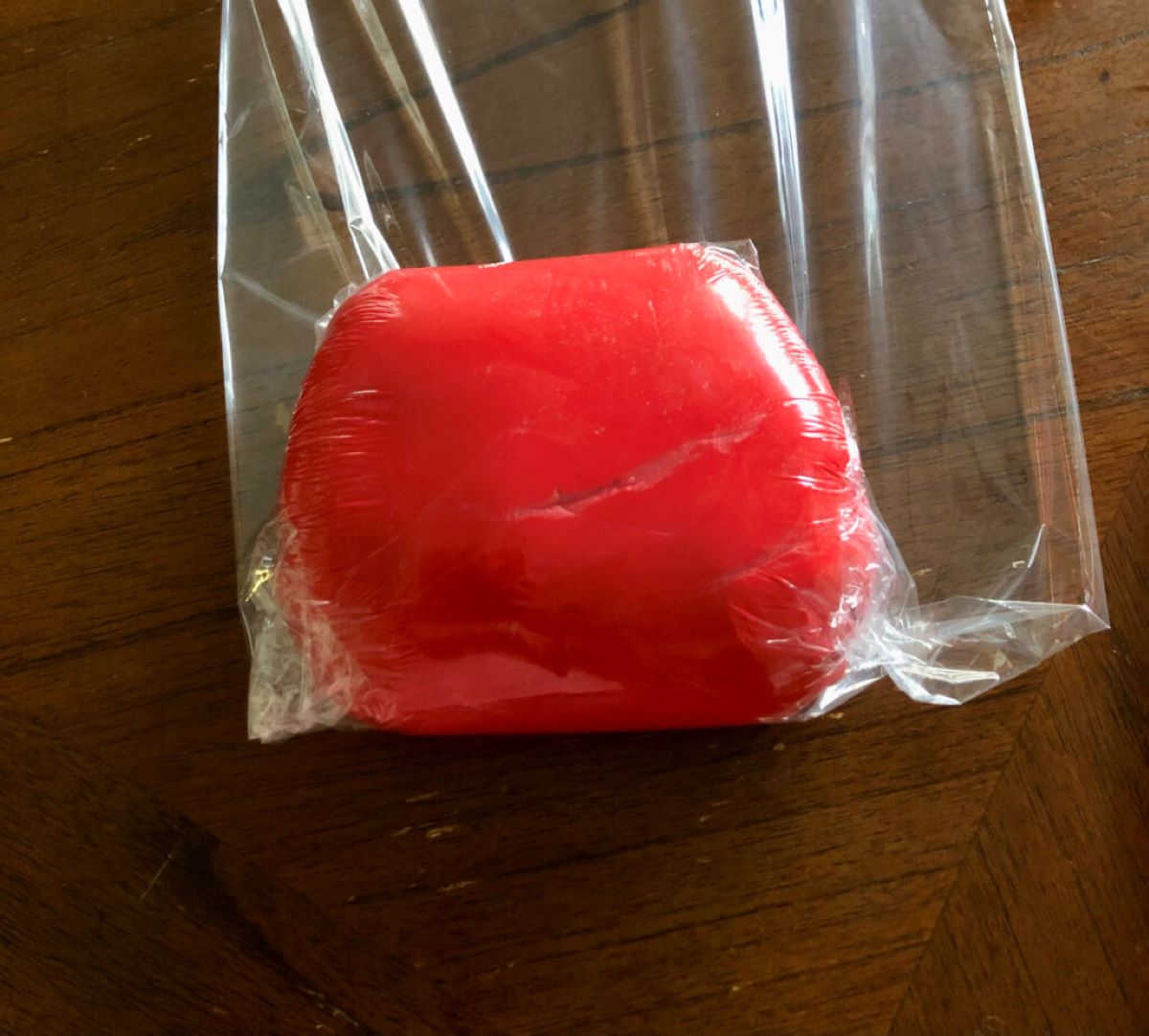
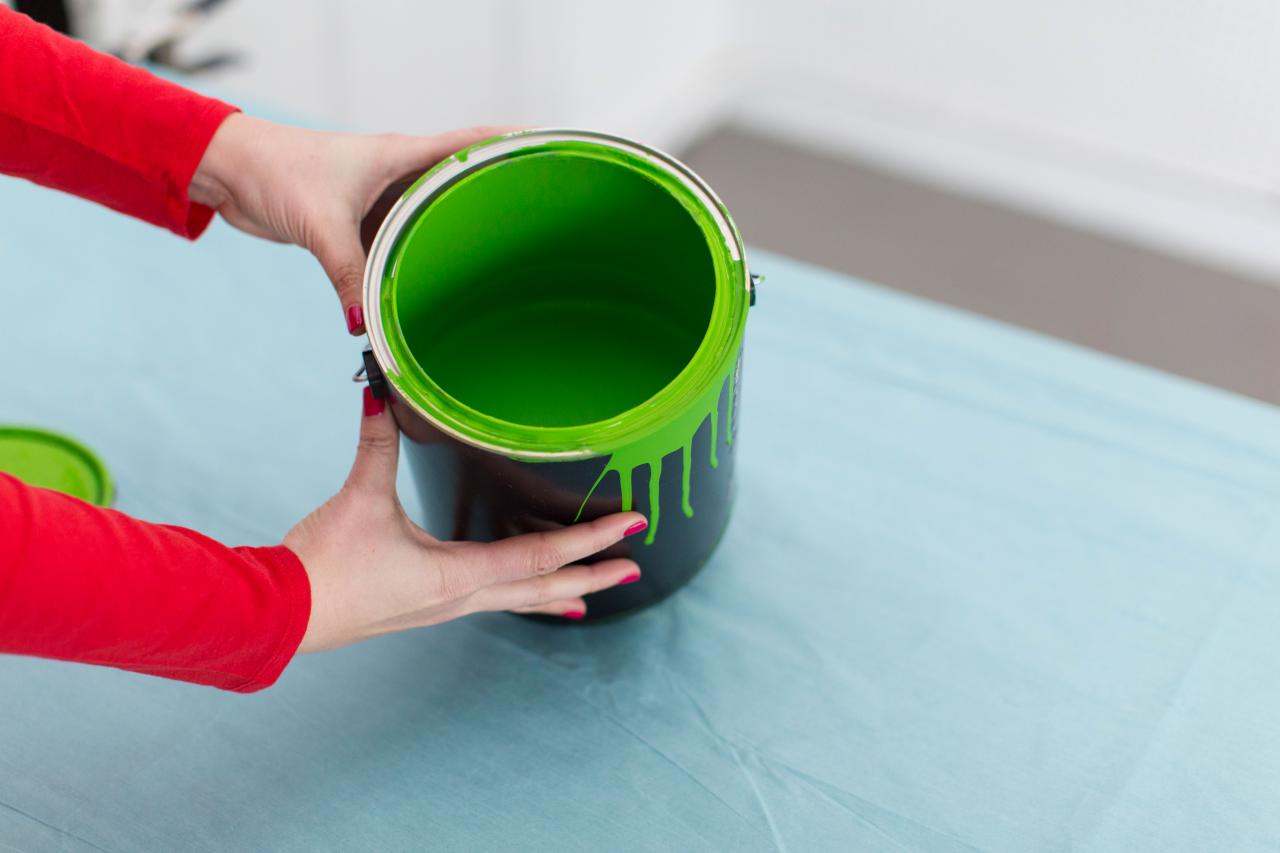

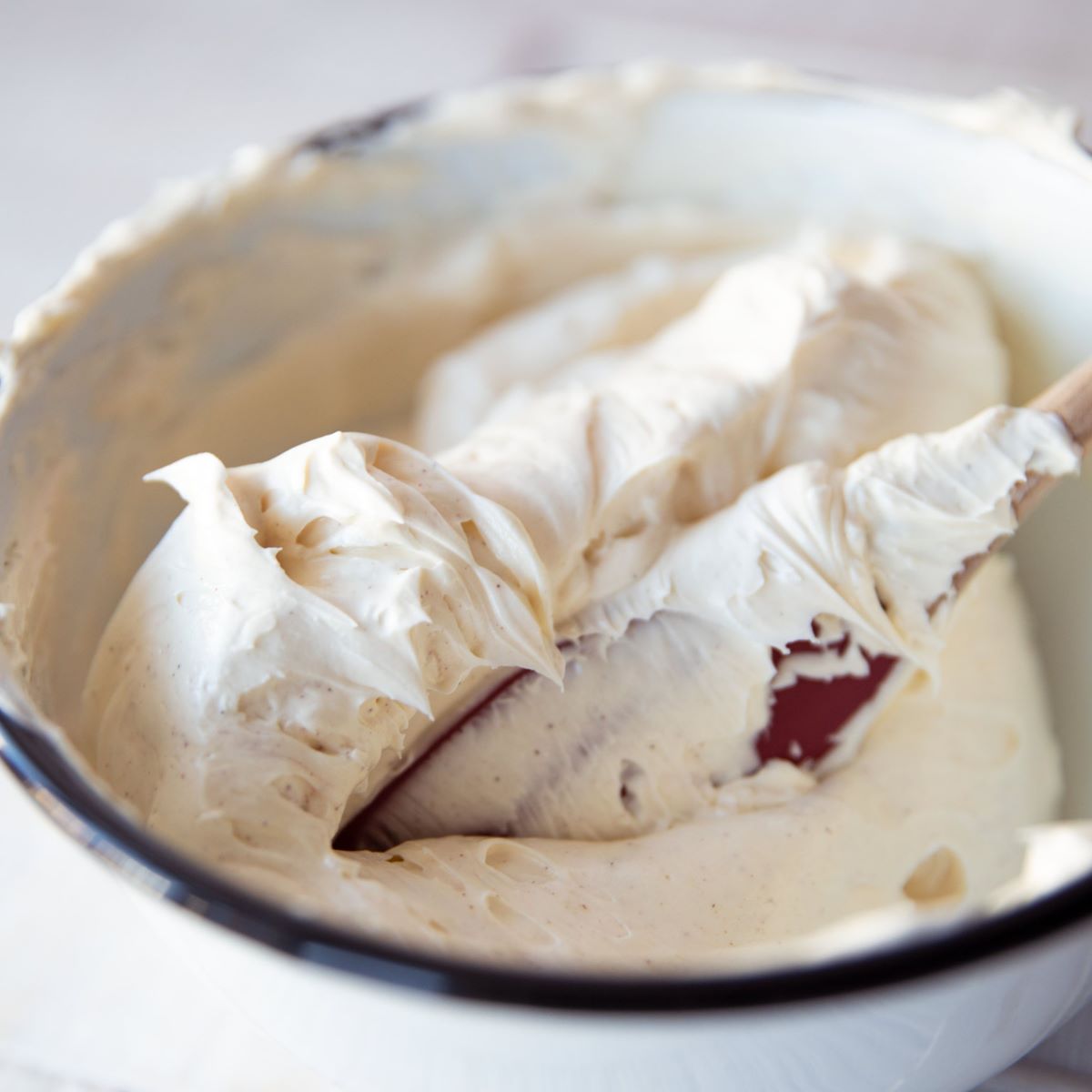

0 thoughts on “How To Store Leftover Rice”